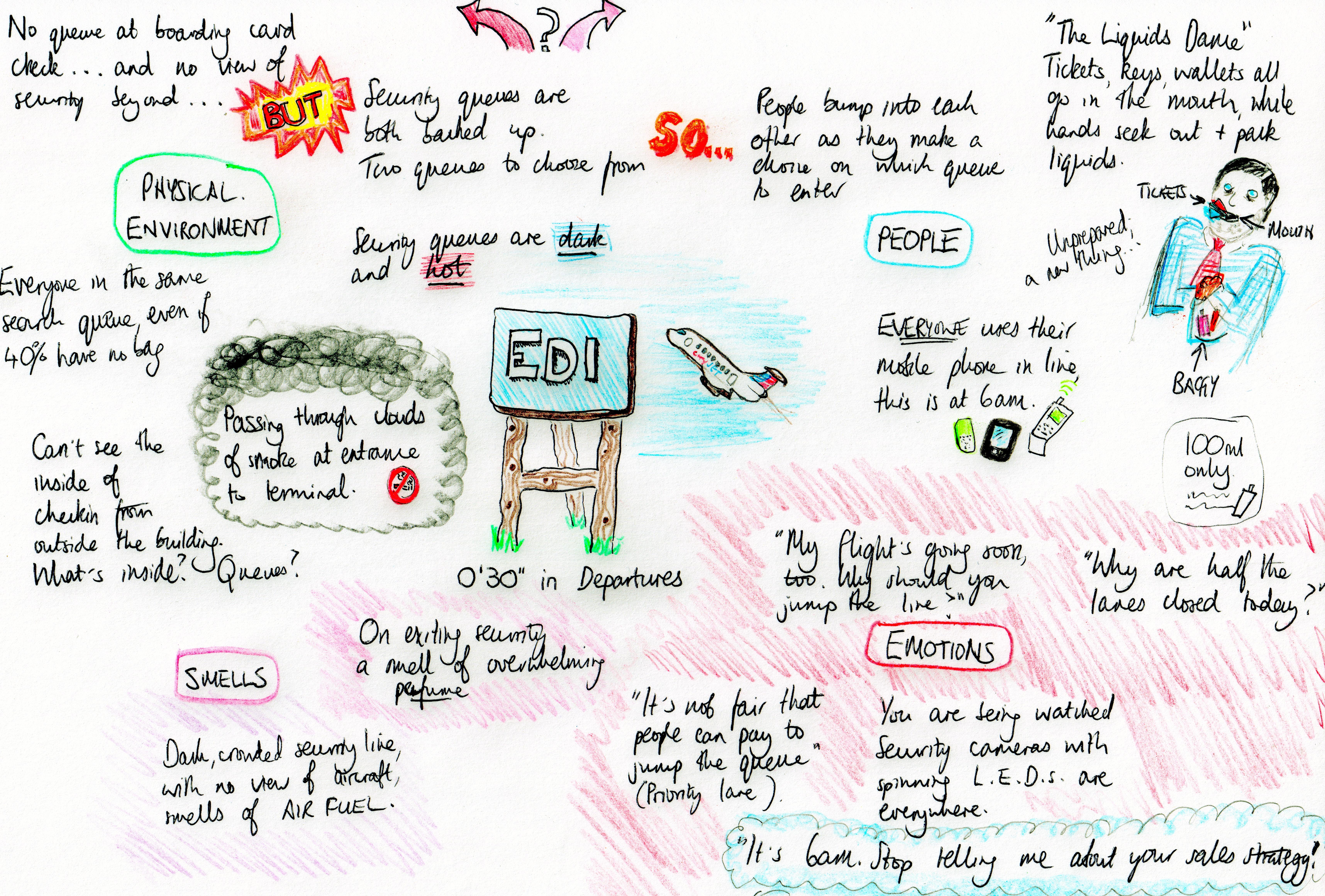In the bustling world of childhood, where imagination runs wild and every day is a new adventure, there exists an unseen force that can quietly shape the course of a child’s development: stress. While often considered an adult affliction, stress weaves its way into the lives of children, sometimes subtly, sometimes dramatically, influencing their ability to learn and grow. As we embark on a journey to unravel the complex relationship between stress and learning in children, we find ourselves at the intersection of biology, psychology, and education. Here, in this delicate balance, lies the key to understanding how stress impacts young minds and what can be done to foster environments where children can thrive academically and emotionally. Join us as we explore the hidden contours of stress in childhood, and uncover the strategies that can help mitigate its effects, ensuring that the magic of learning remains a joyful, unencumbered experience.
Stress and the Young Mind: Unraveling the Connection
The delicate balance of a young mind is often more vulnerable to stress than we might realize. When children encounter stress, whether from school, social pressures, or home environments, it can manifest in ways that directly impact their ability to learn and grow. Cognitive functions such as memory, attention, and problem-solving skills are particularly susceptible to the effects of stress. This can lead to challenges in academic performance and hinder the overall learning experience.
- Memory Impairment: Stress can disrupt the brain’s ability to form and retrieve memories, making it difficult for children to retain new information.
- Decreased Concentration: The stress response can lead to a scattered mind, where focusing on tasks becomes a struggle.
- Emotional Turbulence: Heightened stress levels often result in emotional disturbances, which can detract from the ability to engage in a learning environment.
Understanding these impacts is crucial for parents, educators, and caregivers who play pivotal roles in nurturing the potential of young learners. By creating supportive and stress-reducing environments, we can help mitigate these effects and foster a more conducive atmosphere for learning.
Cognitive Consequences: How Stress Alters Learning Pathways
In the intricate dance of neurons and synapses, stress acts as an uninvited guest, disrupting the delicate choreography that underpins children’s learning. When stress infiltrates the brain, it triggers a cascade of hormonal responses, primarily involving cortisol, which can hinder the formation of new memories and impair existing ones. The hippocampus, a crucial player in memory formation, is particularly vulnerable to elevated cortisol levels. This can result in difficulties with attention, problem-solving, and emotional regulation, which are vital components of effective learning.
Moreover, stress doesn’t just alter the chemical landscape of the brain; it reshapes its physical pathways. Studies suggest that chronic stress can lead to a reduction in the density of dendritic branches in the prefrontal cortex, the area responsible for higher-order thinking and executive functions. This can manifest in several ways, including:
- Reduced cognitive flexibility, making it harder for children to adapt to new information or changing environments.
- Impaired working memory, which affects their ability to hold and manipulate information over short periods.
- Diminished attention span, leading to challenges in maintaining focus during lessons.
Understanding these cognitive consequences is crucial for educators and parents alike, as it underscores the importance of creating supportive and stress-free learning environments to foster resilience and cognitive growth in children.

Emotional Barriers: Navigating Stress-Induced Learning Challenges

Building Resilience: Strategies for Supporting Stressed Learners
In the ever-evolving landscape of education, resilience has emerged as a critical skill for learners to develop, especially when faced with stress. Educators and parents can play a pivotal role in fostering this resilience by adopting strategies that address the unique challenges stressed learners encounter. One effective approach is to create a supportive learning environment that emphasizes emotional safety and encourages open communication.
- Mindfulness Practices: Integrating mindfulness exercises into daily routines can help students manage stress and improve focus.
- Flexible Learning Spaces: Offering choices in seating and workspaces can empower learners to find environments where they feel most comfortable and focused.
- Collaborative Learning: Encouraging group work and peer support can foster a sense of community and shared responsibility.
- Positive Reinforcement: Acknowledging efforts and progress, rather than just outcomes, helps build confidence and motivation.
By employing these strategies, educators can cultivate an atmosphere where learners feel equipped to tackle challenges, ultimately enhancing their capacity to thrive academically and emotionally.








